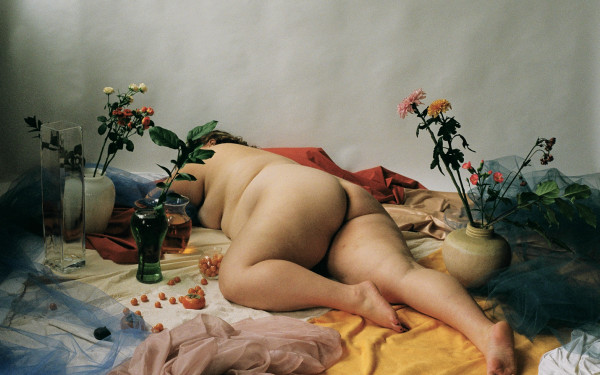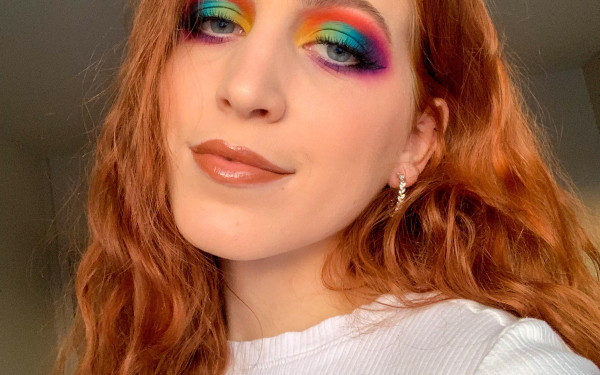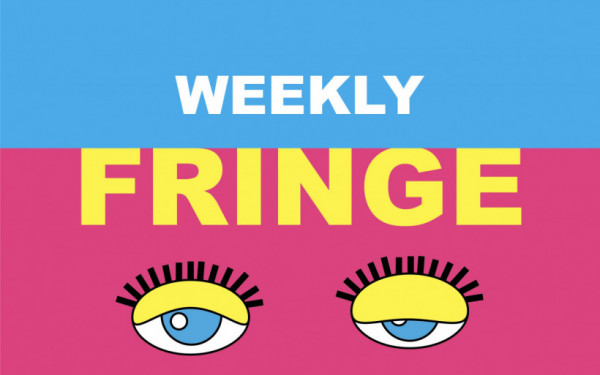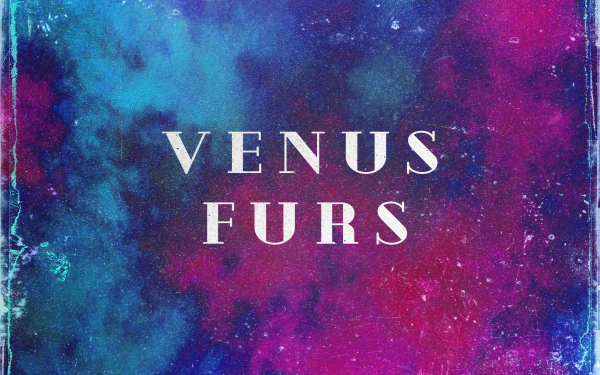Dress Up collective gives us a look into Montreal’s infamous fashion community
Two vintage-loving friends create community through fashion-driven events
From back alley photo shoots to underground fashion parties all around the city of Montreal, the Dress Up collective is a creative fashion space. The community-inclined project was created in late 2017 by Tosca Webb and long time friend Annie Brebner, who joined the project about a year after its creation.
Before Dress Up became what it is today, it was only Tosca Webb and her idea of what an ideal photoshoot would look like. New to the city, Webb had wanted to get into freelance styling, which she eventually did. The idea to create a photoshoot set where “instead of having a stylist, the models would style themselves,” came from an awkward set where Webb witnessed the model’s unease towards the clothes she was shooting in.
To ensure the success of her shoots, Webb would curate a set of clothes, which she rented from the thrift store she worked at the time, and then let her models choose from the selection. “I just wanted to create a set where models felt good in their clothing, because I think that [...] shines through the photos as well,” she explained.
In order for her shoots to be successful, Webb reached out to a friend who happened to be a photographer and asked to collaborate. “We made a Facebook event and it turned out like 30 people showed up.” From there, things gradually shifted into what is the Dress Up collective of today. Webb shared how it just clicked for her.
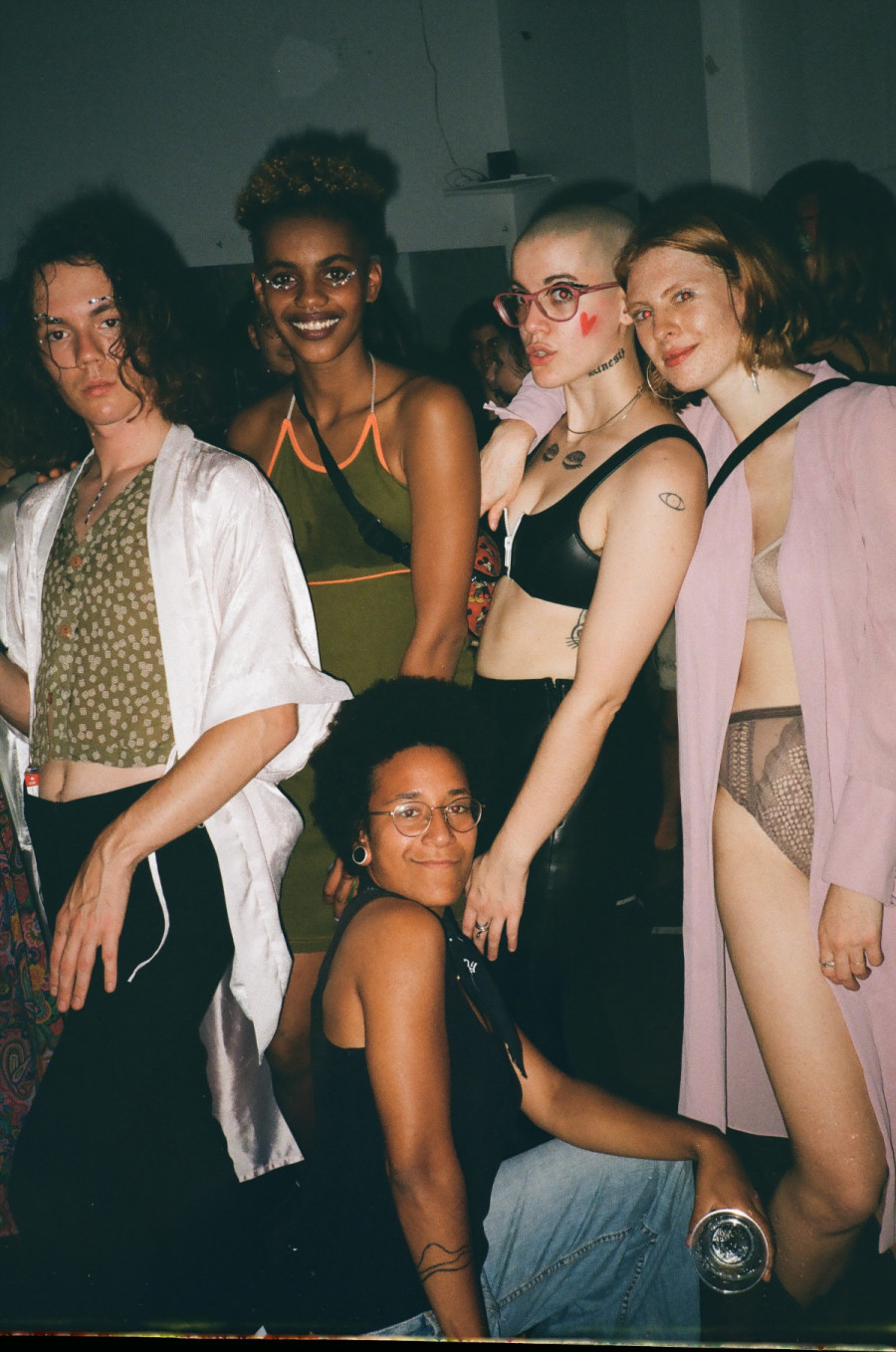
“I think this is something that people want to do, [...] come to a space where there's clothing provided that they might not wear on an everyday basis and play around with it and explore it in a way that they don't in their everyday lives.”
“We started renting underground venues in Montreal, Annie arrived and then we were running the events together and that's kind of how it all started,” said Webb.
“Tosca's original idea, and [in] our more traditional part[ies], would provide, you know, up to 200, 300 articles of clothing and just really encourage people to dress up in whatever made them feel good or whatever they were attracted to,” Brebner said.
The collective encouraged dancing and self-expression as a form of connection, which is what their infamous Psychic City parties were all about.
The 70’s inspired dance and fashion parties hosted by Webb and Brebner were heavily inspired by the decade and the Studio 54 aesthetic. Webb explains how they “were literally just flipping vinyls” and how she would navigate through Youtube videos, in search of footage she found inspiring, which she then projected on a wall throughout the night.
“I think this is something that people want to do,[...] come to a space where there’s clothing provided that they might not wear on an everyday basis and play around with it and explore it in a way that they don’t in their everyday lives.” — Tosca Webb
To try and preserve the 70’s vibe of the events, Webb tried to avoid any cell phone interaction by putting stickers on people’s cameras as “you lose something in that when you're filming each other,” she said.
“We did provide a photographer. We found that that really elicited a great response. People were really engaged and also just having the photographer, which was often Betsy May-Smith, was fun and kind of glamorous,” Brebner said.
“Annie and I are running the show,” said Webb as she emphasized how Brebner and her worked full-time on Dress Up.
“Betsy is our full-time photographer,” she continued, “so she does all of our photography work and she's also super involved with projects and creative concepts.”
Although creating and preserving an atmosphere that felt more real was one of the reasons Webb banned phones, there was actually another intention behind the decision.
“Another really important point to make is that people are openly changing at these events. So we don't want anyone to have their video or photo taken without consent,” elaborated Webb. “That was also a really important part of the no phones rule.”
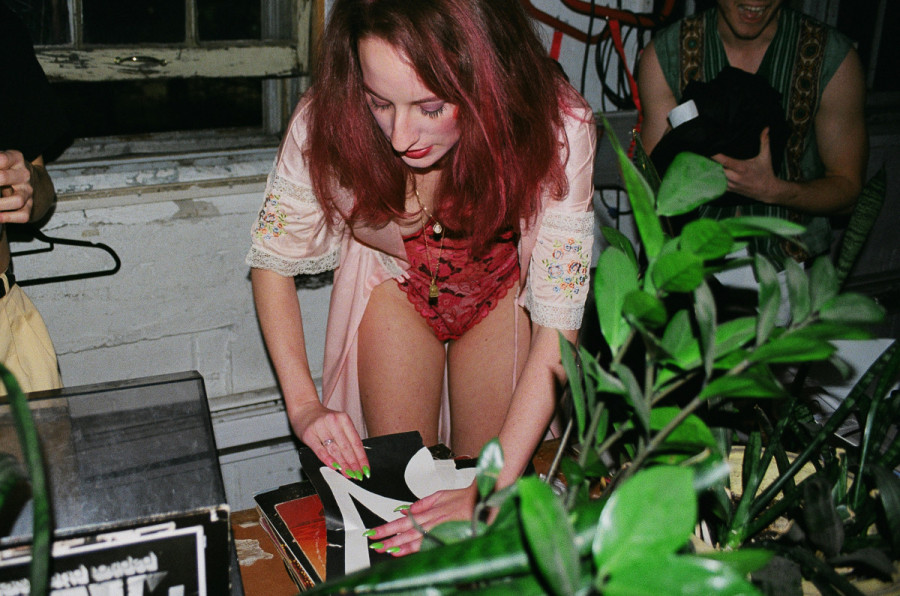
“We really loved our parties and it's been hard to kind of move away from that, and try to foster the same type of connection on social media,” explained Brebner. Because of the ongoing pandemic, Dress Up has had to stop holding events and instead started focusing on their social media.
Brebner came up with the Dressing Up at Home series, a way for people to keep expressing their fashion by submitting a photo series explaining how the pandemic changed or affected their relationship with themselves and how it was reflected in their clothing.
“Tosca and I have just always really wanted to [...] use the Dress Up platform for people to share their stories and kind of connect with each other rather than to [...] promote,” Brebner said.
“When Annie said to try and emulate that same energy and same sense of connection on social media,” Webb shared about the parties they used to host, “it has been really trying and difficult.”
“But I think that we've just built such a strong community that people are still super engaged with our content and with what we're doing and with each other through our platform,” Webb finished.

Andrea D’Arduini is a Dress Up enthusiast and contributor to the Dressing Up at Home. “I find sometimes it’s hard to say ‘this is me and who I am’, because there is so much harsh negativity that people rather just stay reserved,” D’Arduini expressed.
“I believe that the whole of Dress Up collective feeds off the opposite, it’s a wonderful community of loving people who are expressing and throwing out their own ideas. I find it allows people to be open without judgement and that to me is just like a ‘wow’ factor, it’s just cool,” added D’Arduini.
The Dress Up collective founders added how their community’s online engagement has been really special to see and that people’s appreciation and support of the collective is visible in how interactive their Instagram page is. D’Arduini’s words are an insight into the positivity surrounding the collective.
Dress Up Collective has recently launched an online thrift store.
“Having our clothes online and being able to sell them is something that we've always wanted to do and we just never really had the time to do it,” Webb said.
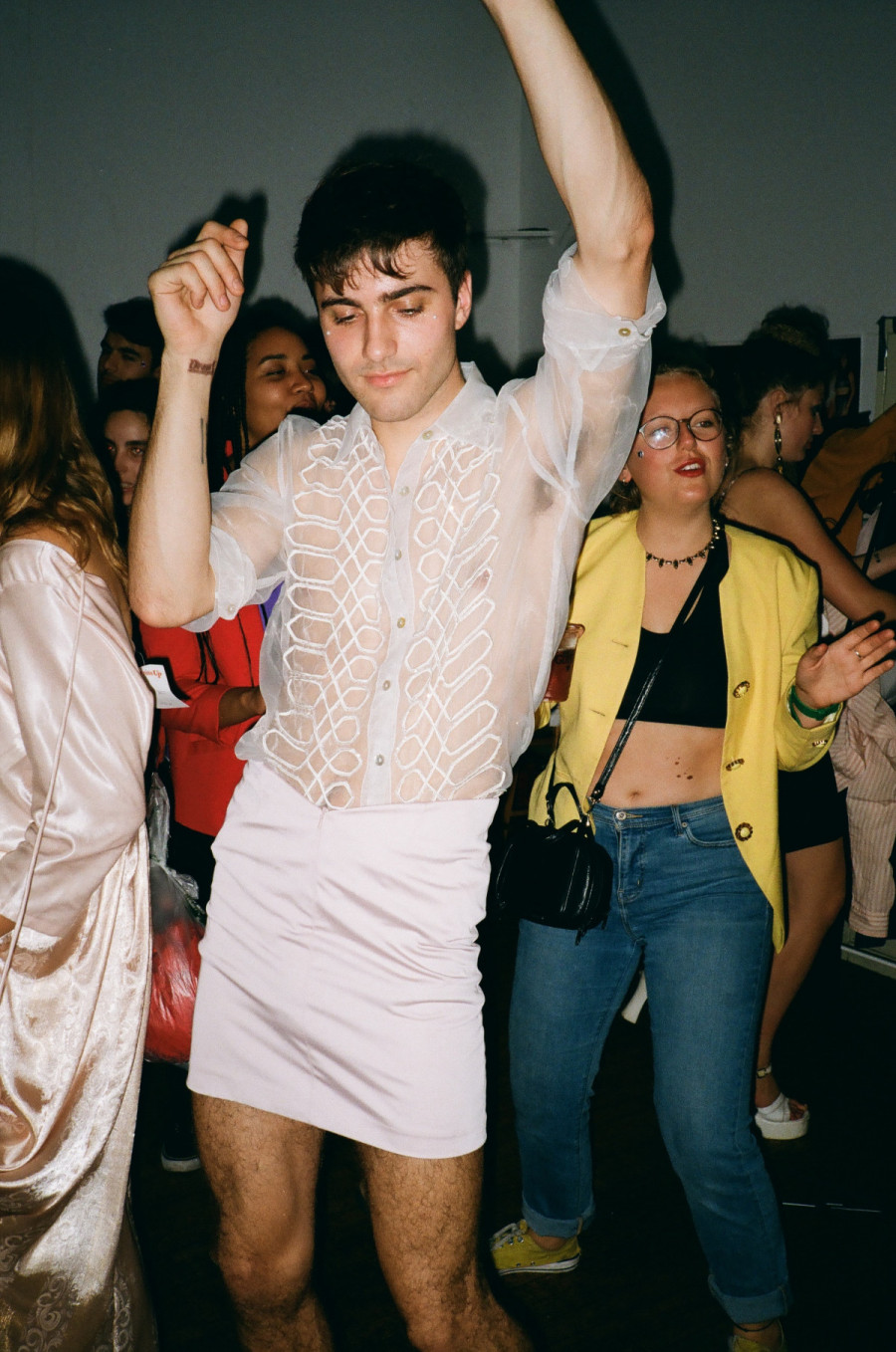
“The silver lining has been that there's been an opportunity to focus on other projects. [...] We just have so many clothes from these events, it just feels so wasteful for them to just be sitting there. I'd rather people have them and be able to schedule shoots with them,” she added.
Although Brebner and Webb actually thrift a lot of their pieces, being renowned in Montreal’s alternative community does have its benefits. Webb explained how the collective sometimes comes to acquire people’s personal collections. “I had my neighbour, who was a manager at The Wiggle Room, give us a bag of all of her old burlesque costumes, which was so exciting.”
Circumstances like these explain where some of Dress Up’s more eclectic clothes may come from, which allowed the two full-time partners to build a diverse vintage collection of their own. A collection Brebner and Webb are now ready to share with the world virtually, so take your pick, there’s plenty to choose from.


_600_832_s.png)

